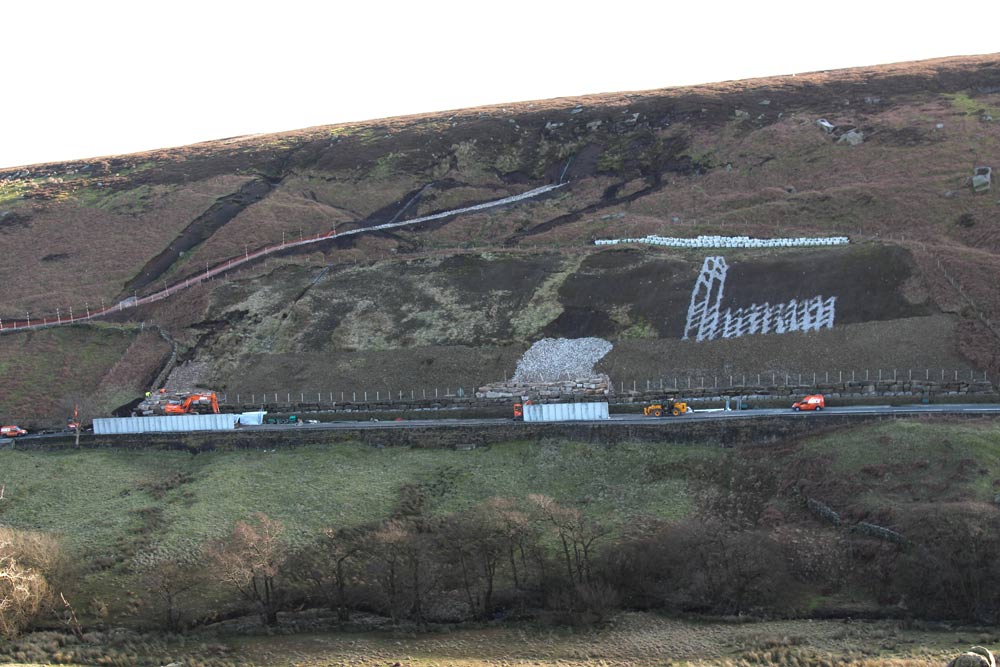Response to previous letter: A sticking plaster for climate issues? discussing the A59 and Kex Gill.
Dear Editor,
We agree with Katie Chabriere in her letter ‘A sticking plaster for climate issues?’ (February 23) that road closures are highly disruptive and affect us all, but this steep sided gulley has been prone to landslips in heavy rain for 20 years and it is perhaps not surprising there has been significant damage in recent downpours. We are all delighted the road is now open.
However, she makes sweeping and erroneous statements about the surrounding land management at which she points the blame.
Our moorland owners and managers are key players in innovative work aimed at fixing peat soil to retain water in the hills, improve its quality, increase biodiversity and to trap carbon.
Across vast tracts of land in northern England, grouse moor managers are rewetting peat by blocking up thousands of kilometres of historic, ill-advised, agricultural drains, slowing and cleaning water, revegetating hundreds of hectares of bare peat and reintroducing the king of bog plants, Sphagnum moss.
Moors, which Ms Chabriere mistakenly claims are kept ‘deliberately dry’ for grouse, have benefitted from this work, including those above Kex Gill. The landowners know ‘wetter is better’ and have been actively participating in the far-reaching re-hydration measures, and the changes can already be seen with the moors becoming saturated.
The Leeds University study found the fastest water run-off was from grazed areas with little remaining heather. Moorland management for grouse shooting has protected against heather loss, resisting agricultural subsidies to do so. With an increasing cover of moss greater roughness will be created and the run off rate will slow further.
An important tool in speeding up moss spread can be ‘restoration burning’, removing the canopy of over-dominant heather to inoculate with Sphagnum. The need to burn will decrease as land gets wetter and slows heather growth. Burning best practice has also changed to ensure any moss layer is retained.
Perhaps Ms Chabriere might be interested to know that our moorlands benefit not a ‘tiny minority’, but host internationally recognised habitats and wildlife, boost rural economies to the tune of millions of pounds, are the backbone of our UK lamb industry and are loved by vast numbers of walkers and nature enthusiasts.
Yours faithfully,
Amanda Anderson, Director
The Moorland Association







